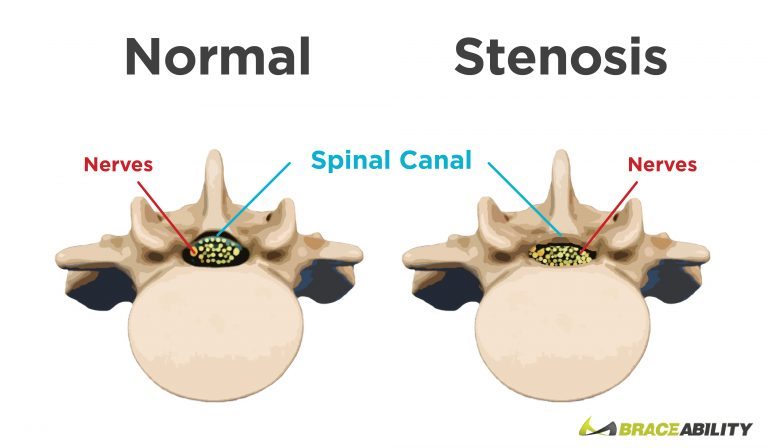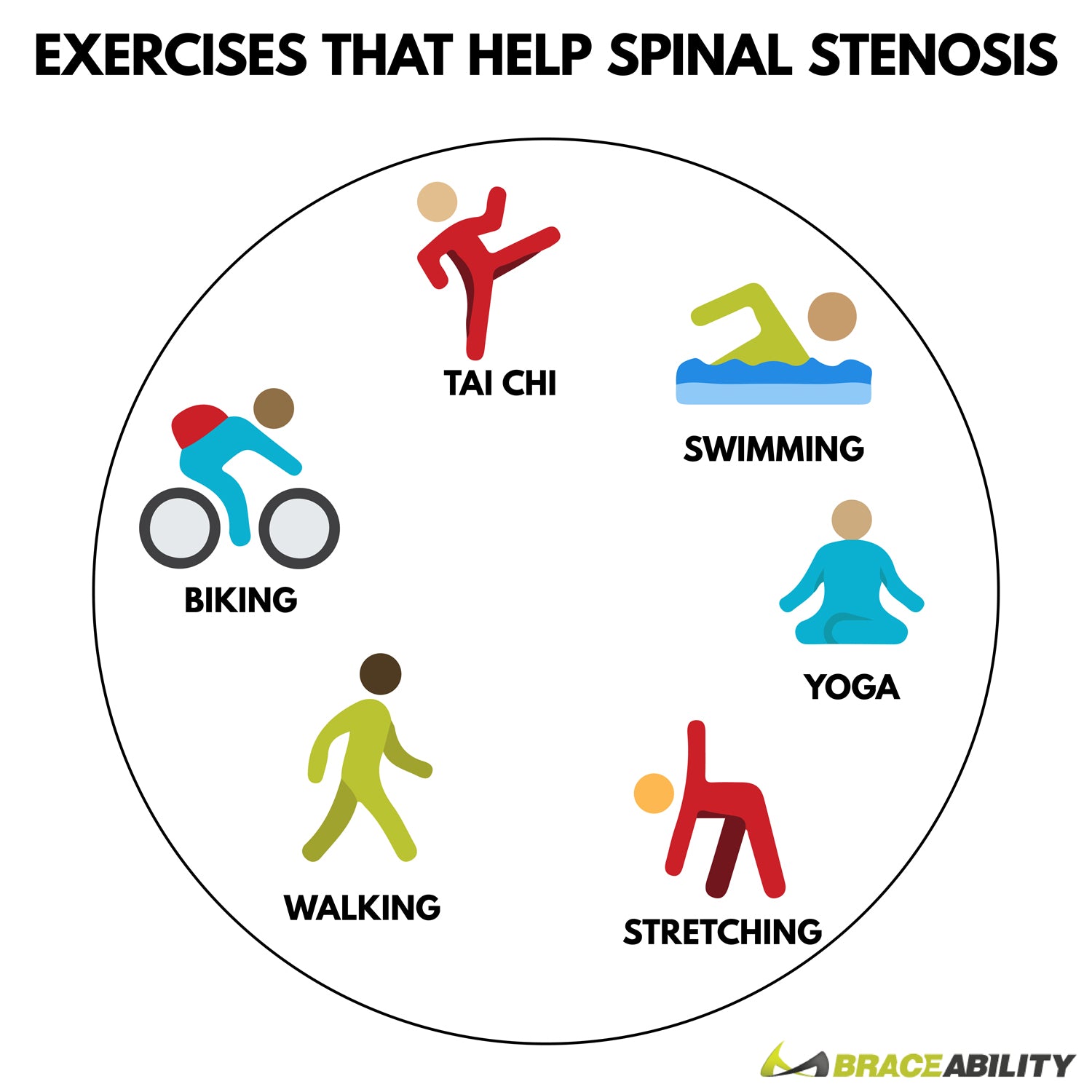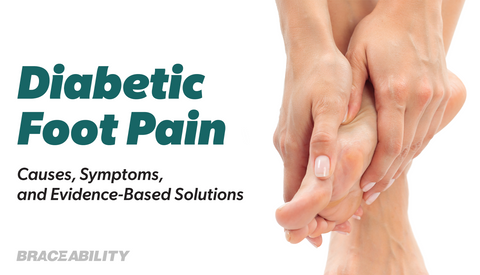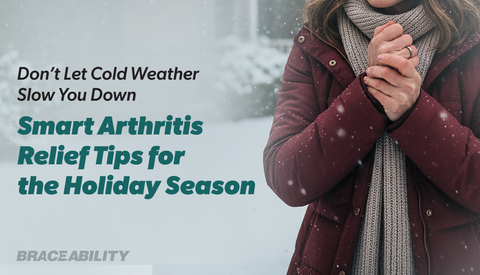Can You Cure Spinal Stenosis? Physical Therapy & Other Treatments for Narrowing of the Spine
 Spinal stenosis is the narrowing of your spinal canal in your spine. This narrowing ultimately leads to pressure on your spinal cord and the nerves that travel throughout. Spinal stenosis, or narrowing of your spine, can occur in either the lumbar, thoracic, and cervical region of your back but most commonly occurs in your lumbar or lower back. Some of the common symptoms include pain, tingling, or weakness in your back. In addition, you may have difficulty walking or have increased clumsiness.
Spinal stenosis is the narrowing of your spinal canal in your spine. This narrowing ultimately leads to pressure on your spinal cord and the nerves that travel throughout. Spinal stenosis, or narrowing of your spine, can occur in either the lumbar, thoracic, and cervical region of your back but most commonly occurs in your lumbar or lower back. Some of the common symptoms include pain, tingling, or weakness in your back. In addition, you may have difficulty walking or have increased clumsiness.
There are numerous ways to help alleviate your pain from spinal stenosis from conservative to non-conservative treatments.
Conservative Ways to Treat Spinal Stenosis or Narrowing of the Spine
Pain management to help with spinal stenosis usually initially involves taking anti-inflammatory medications and resting the neck or back from stressful activities. In addition, try applying ice or heat to the problematic area to help reduce the swelling. Depending on the severity and level of your condition, some treatment options may be preferred over the others. In order to work towards completely healing your spinal stenosis, read below for all the different treatment options.Spinal Stenosis Physical Therapy & Exercises
Many equate physical therapy with exercises and stretches, but this is a simplistic explanation. Spinal stenosis therapy does involve exercises to strengthen related muscles and stretching, which can help ease stress on the joints. But therapy for spinal stenosis also incorporates a number of other elements such as manual therapy (massage for improving/maintaining range of motion) and ice (to reduce pain) or heat (to boost blood circulation) therapy.
Another benefit of seeing a physical therapist is your spinal stenosis specialist can provide education regarding non-stressful ways of doing things and for maintaining or achieving good posture. Not all forms of exercise are appropriate for those with spinal stenosis (always check with a doctor on what activities are appropriate for you), but activities such as cycling, limited walking, water aerobics, Pilates or yoga can be natural remedies for spinal stenosis since they can improve the strength and flexibility of the back, promote circulation and boost one’s mood.
Also, if you’re a bit on the heavy side, losing weight can do a world of good when it comes to reducing pressure on the spine and easing spinal stenosis pain. Unsure if you’re considered plus size or obese? Read our blog on how to check your BMI to find out!
Acupuncture for Spinal Stenosis
Acupuncture for spinal stenosis treatment is an alternative form of medicine that relies upon needle-prick-driven alterations in blood pressure and blood flow for easing the pain. It is difficult to gauge the success of acupuncture spinal stenosis treatment because it is generally an option people try after other cures for spinal stenosis have failed. However, some studies have shown it can help especially with lumbar stenosis.
Another alternative way to treat spinal stenosis is chiropractic manipulation. However, this manipulation of the spine is aimed at restoring normal movement should only be done with a professional. An inexperienced practitioner can do more harm than good.
Spinal Stenosis Back Braces
Wearing a support brace during the healing process can be essential in not only relieving your pain but also from preventing you from further injuring your back. BraceAbility offers numerous back braces specifically for spinal stenosis. We have a wide variety including those for the lumbar, thoracic, and cervical region of your back.
As mentioned previously, physical therapists aim to help you to correct your posture to help reduce the tension and strain that may be placed on your back. Try our posture brace to help easily train your muscles to lift our shoulders back. It’s also available in a plus size for those who may be a larger individual.
Spinal Stenosis Injections
A different sort of “prick” that can help treat spinal stenosis is a steroid injection. These epidural injections for spinal stenosis are actually a combo dose. A corticosteroid, which is used to reduce inflammation, and a local anesthetic pain-relieving medication, also known as a nerve block, are injected into epidural space around the spinal canal and nerve roots.
Injections for spinal stenosis are often used to address lumbar spinal stenosis, but the results are temporary and they do have some possible side effects, such as:
- Pain
- Nausea
- Dizziness
- Headache
- Nerve root injury
- Bleeding
- Infection
- Meningitis
Non-Conservative Treatment Option for Spinal Stenosis of the Cervical, Thoracic, & Lumbar Region of the Back
Surgical Options
The purpose of an operation for spinal stenosis is to ease pressure on the spinal cord or nerves and to maintain or restore the alignment and strength of the spine. Generally speaking, spinal stenosis surgeons do so by removing, trimming or adjusting problematic parts. Because surgery, especially those involving anesthesia, involves risks, this is usually only pursued after other modes of treatment have failed to bring relief or if there are signs of neurological impairment.
One of the more common types of surgery is a decompressed laminectomy, which involves the removal of the roof (the lamina) of the one or several vertebrates to increase the amount of space for the nerves. Sometimes, this decompression therapy for spinal stenosis also involves vertebral fusion to stabilize the spine and/or partial disc removal.
The extent to which survey helps will depend in part on how much nerve damage you have already sustained. And as with all surgery, there are risks, including, but not limited to:
- Blood clot formation
- Infection
- Tear of the Dura membrane covering the spinal cord.










